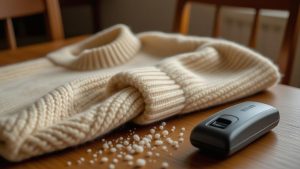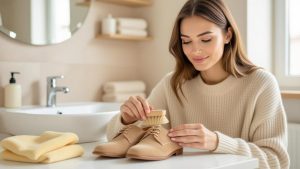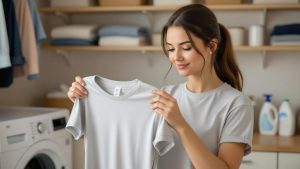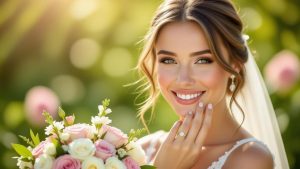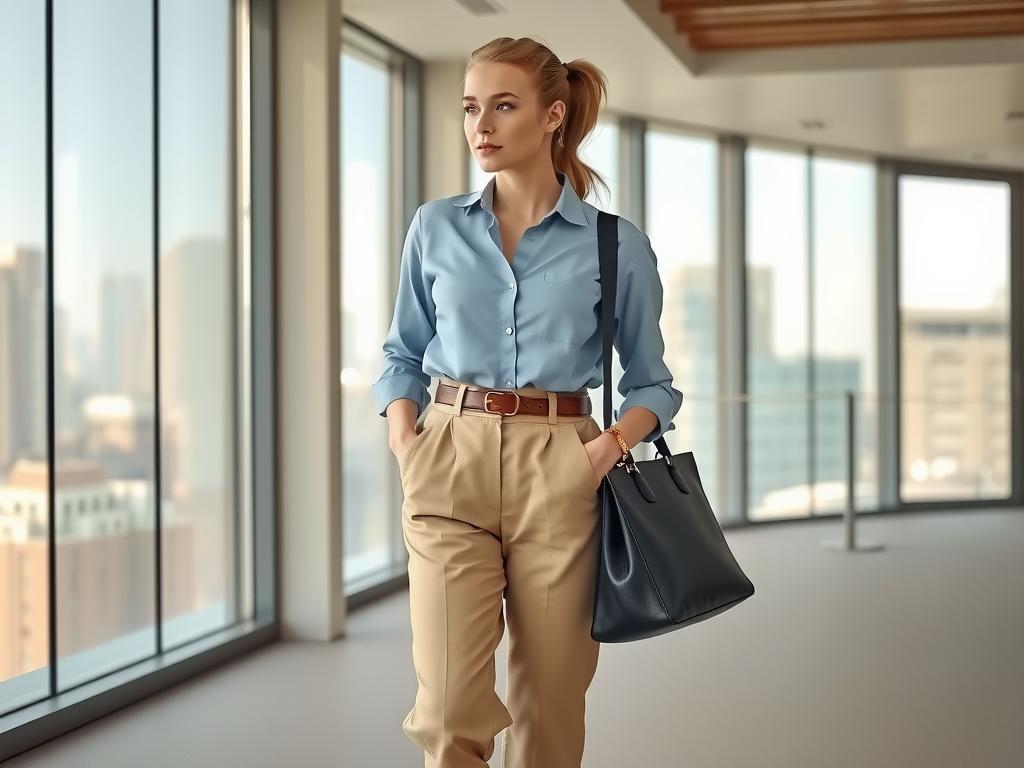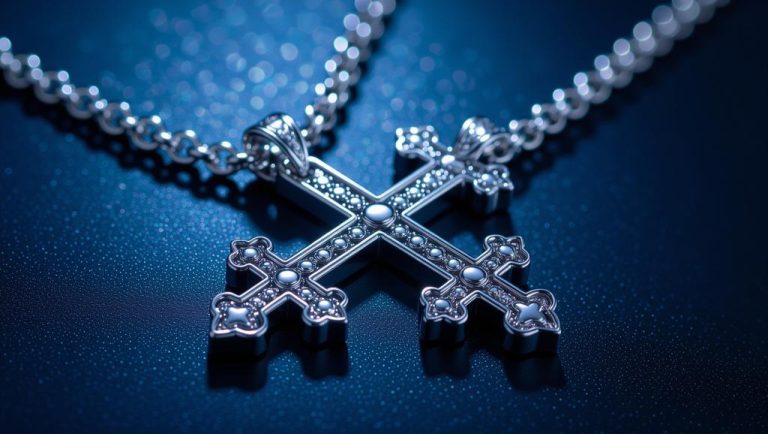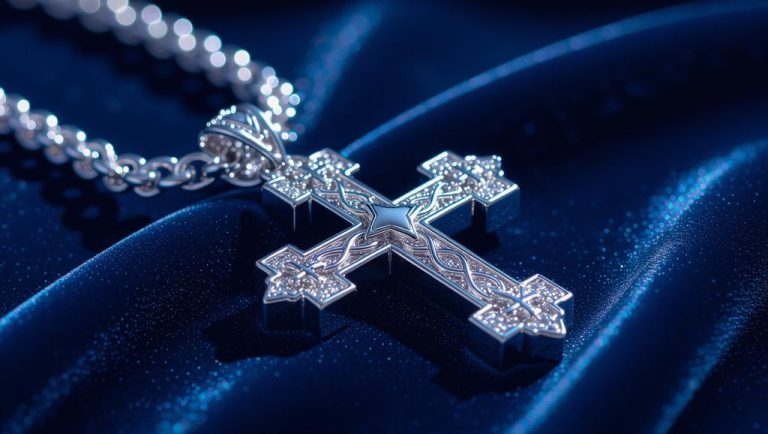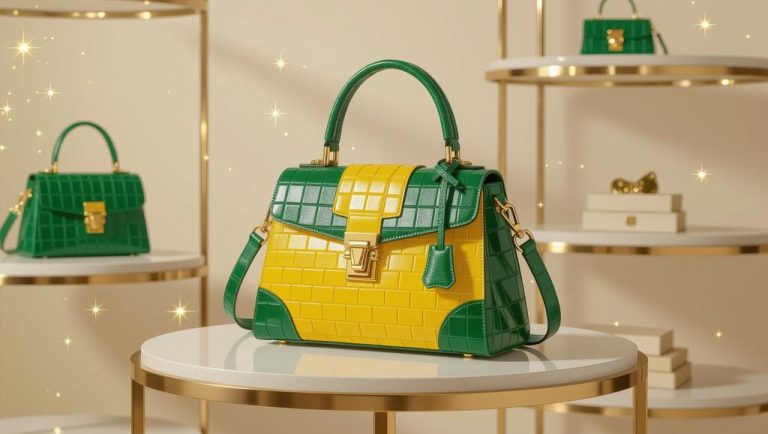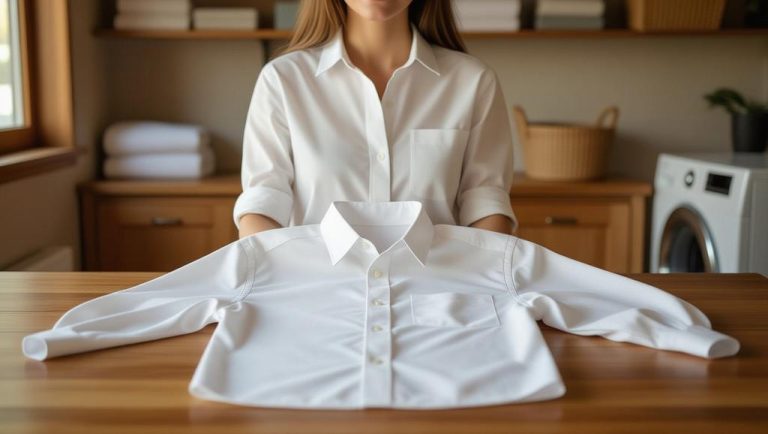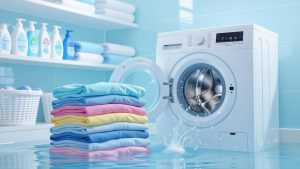Introduction to Fashion Insider’s 9 to 5 Style
When it comes to the world of fashion, the way insiders dress for their 9 to 5 jobs is both an art and a statement. It’s not just about looking good; it’s about expressing personal style while maintaining a professional demeanor. As someone who’s been in the fashion industry for years, I’ve seen how the right outfit can boost confidence and even influence career progression. The key is to strike a balance between staying true to your style and adhering to the unspoken rules of workplace fashion. Whether you’re a fashion designer, editor, buyer, or stylist, understanding how to dress for the 9 to 5 grind can make all the difference.
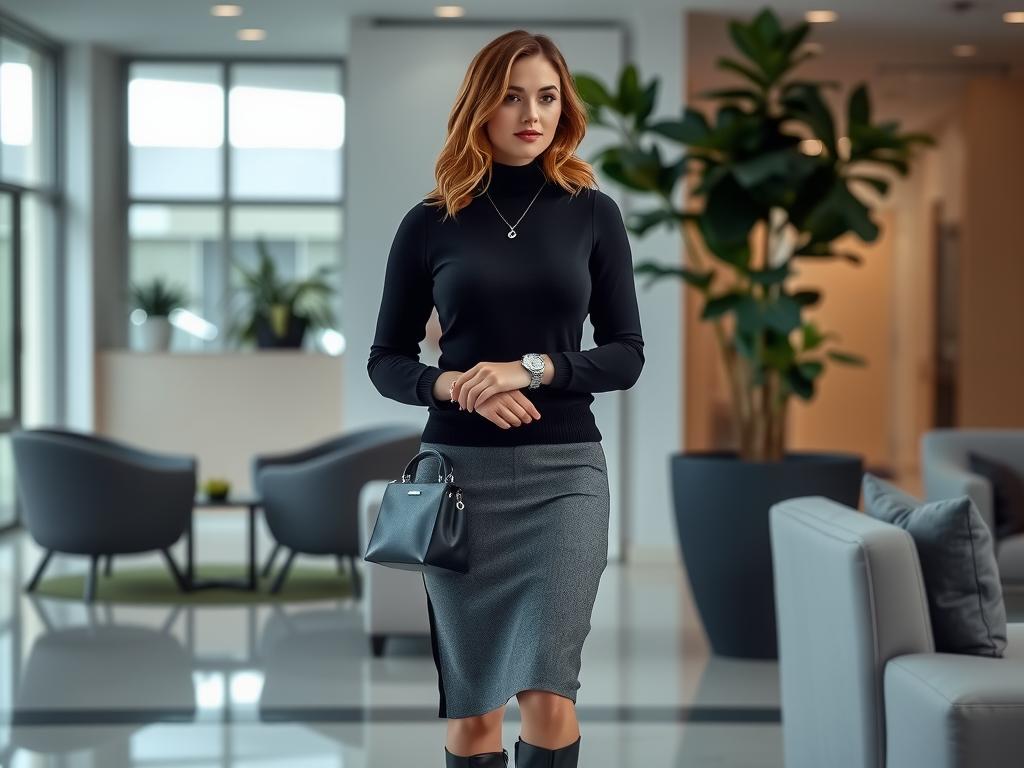
In this article, we’ll dive into the nuances of how fashion insiders approach their work wardrobe, from the essential pieces to the subtle touches that make an outfit stand out. We’ll also explore how to adapt your style to different work environments and incorporate current trends without compromising professionalism.
The Importance of Professional Attire in the Fashion Industry
Professional attire in the fashion industry isn’t just about following a dress code; it’s about setting the tone for your work environment. When you dress well, you’re not only showing respect for your workplace, but you’re also signaling to your colleagues and clients that you take your job seriously. I’ve always believed that what you wear can affect how you perform. There’s a certain power in dressing the part, and in the fashion world, this is amplified.
The industry is known for its fast-paced nature and ever-changing trends, but the core of professional dressing remains constant. It’s about finding pieces that are versatile, comfortable, and stylish enough to represent your personal brand. Whether you’re attending meetings, presenting collections, or working on the shop floor, your attire should reflect your professionalism and creativity.
Key Elements of a Fashion Insider’s Work Wardrobe
Essential Tops and Blouses
Tops and blouses are the foundation of any work wardrobe, especially in the fashion industry. A crisp white shirt is a must-have; it’s timeless, versatile, and can be dressed up or down depending on the occasion. I’ve found that investing in quality fabrics like silk or cotton blends can make a significant difference in how you feel throughout the day.
Read more Shoes that balance comfort and style for the office
Beyond the classic white shirt, fashion insiders often opt for blouses in soft pastels or subtle prints. These can add a touch of personality to your outfit without being too bold. For example, a blouse with a delicate floral pattern can be paired with a blazer for a meeting or worn alone with a skirt for a more casual office day. The key is to choose pieces that can be easily layered and mixed and matched with other items in your wardrobe.
Versatile Bottoms: Skirts, Pants, and More
When it comes to bottoms, versatility is key. A well-fitted pair of black trousers is a staple that can be worn with virtually anything. I’ve always been a fan of high-waisted styles, as they not only look polished but also elongate the legs. For a more feminine touch, a classic pencil skirt in a neutral color like black or navy can be a great addition to your work wardrobe.
Don’t be afraid to experiment with different lengths and styles, though. A midi skirt can be both professional and trendy, while wide-leg pants can add a modern flair to your outfit. The goal is to have a selection of bottoms that can be mixed and matched with your tops and layering pieces to create a variety of looks.
Layering Pieces: Blazers, Cardigans, and Jackets
Layering pieces are essential for adding depth and sophistication to your work outfits. A well-tailored blazer can transform even the simplest of outfits into something chic and professional. I’ve always loved the versatility of blazers; they can be worn over dresses, paired with trousers, or even thrown over a casual tee for a more relaxed office look.
Cardigans and jackets also play a crucial role in a fashion insider’s wardrobe. A lightweight cardigan can be a great option for those who prefer a softer look, while a structured jacket can add an edge to your ensemble. The key is to choose pieces that complement your personal style and can be worn in various ways to suit different occasions.
Footwear: Balancing Style and Comfort
Footwear is where style meets practicality in the fashion industry. While high heels can add a touch of elegance to your outfit, comfort is equally important, especially if you’re on your feet all day. I’ve learned that investing in a good pair of flats or low heels can make a world of difference. A classic black pump or a stylish loafer can be both professional and comfortable.
Don’t overlook the power of a good pair of sneakers, either. With the rise of athleisure, many fashion insiders are incorporating sneakers into their work wardrobe, especially on more casual days. The key is to choose a style that’s sleek and can be paired with your outfits seamlessly.
Accessories: The Finishing Touches
Accessories can elevate your work outfit from good to great. A statement necklace or a pair of bold earrings can add personality to your look, while a classic watch or a simple bracelet can add a touch of sophistication. I’ve always believed that less is more when it comes to accessories, but the right piece can make a significant impact.
Bags are another essential accessory for fashion insiders. A structured tote or a chic crossbody bag can not only carry your essentials but also add a polished finish to your outfit. The key is to choose pieces that are functional yet stylish, reflecting your personal taste while maintaining a professional appearance.
Color Palette and Patterns for a Professional Look
Choosing the right colors and patterns is crucial for creating a professional look in the fashion industry. Neutral tones like black, navy, and gray are timeless and versatile, making them perfect for a work wardrobe. These colors can be easily mixed and matched and serve as a blank canvas for adding pops of color or subtle patterns.
When it comes to patterns, subtlety is key. A pinstripe or a small check can add interest to your outfit without being too bold. I’ve always been a fan of incorporating a hint of color into my work outfits, whether it’s through a blouse, a scarf, or a pair of shoes. Soft pastels or muted jewel tones can add a touch of personality without overpowering the overall look.
Dressing for Different Roles Within the Fashion Industry
Style Tips for Fashion Designers
Fashion designers often have a more creative approach to their work wardrobe. They may opt for more daring pieces or incorporate elements of their latest collections into their outfits. A statement piece like a bold print or an unconventional silhouette can be a great way to showcase your creativity while still maintaining a professional appearance.
I’ve always admired how designers can take risks with their outfits while still looking polished. A tailored jacket paired with a unique skirt or a dress with an interesting cut can make a strong statement. The key is to balance creativity with professionalism, ensuring that your outfit reflects your personal style while still being appropriate for the workplace.
What Fashion Editors Wear to Work
Fashion editors are often at the forefront of trends, and their work wardrobe reflects this. They may incorporate the latest fashion pieces into their outfits, mixing high-end designer items with more affordable pieces. A fashion editor’s outfit might include a trendy blazer, a statement bag, or a pair of statement shoes.
I’ve always been inspired by the way fashion editors can effortlessly blend current trends with classic pieces. A well-fitted blazer paired with a trendy skirt or a statement dress can create a look that’s both professional and on-trend. The key is to stay true to your personal style while keeping up with the ever-changing fashion landscape.
Outfit Ideas for Fashion Buyers
Fashion buyers need to strike a balance between professionalism and style, as they often meet with suppliers and attend fashion shows. A well-coordinated outfit that reflects their personal taste while still being appropriate for business meetings is essential. A classic suit paired with a stylish blouse or a dress with a modern cut can be a great option.
I’ve always appreciated how fashion buyers can put together outfits that are both functional and fashionable. A tailored blazer, a pair of well-fitted trousers, and a stylish top can create a look that’s perfect for a day of meetings and showrooms. The key is to choose pieces that are versatile and can be easily mixed and matched.
How Fashion Stylists Dress for the Office
Fashion stylists often have a more eclectic approach to their work wardrobe, reflecting their creative nature. They may mix vintage pieces with modern items or incorporate unique accessories into their outfits. A fashion stylist’s outfit might include a vintage blazer, a pair of statement pants, or a bold necklace.
I’ve always been fascinated by the way fashion stylists can put together outfits that are both unique and professional. A vintage jacket paired with a modern skirt or a statement dress with a bold accessory can create a look that’s both creative and appropriate for the workplace. The key is to balance individuality with professionalism, ensuring that your outfit reflects your personal style while still being suitable for the office.
Adapting Your Style to Different Work Environments
Adapting your style to different work environments is crucial in the fashion industry. Whether you’re working in a corporate office, a creative studio, or a retail setting, your outfit should reflect the culture and expectations of your workplace. In a corporate setting, a more formal approach may be necessary, with tailored suits and classic pieces taking center stage.
In a creative studio, you may have more freedom to express your personal style, incorporating unique pieces and bold colors into your outfits. A retail setting may require a more casual approach, with comfortable yet stylish pieces that allow you to move freely and assist customers. The key is to understand the dress code and culture of your workplace and adapt your style accordingly.
Incorporating Trends into Your 9 to 5 Wardrobe
Incorporating trends into your 9 to 5 wardrobe can be a fun way to keep your outfits fresh and exciting. However, it’s important to do so in a way that’s appropriate for the workplace. A trendy blazer or a pair of statement shoes can add a modern touch to your outfit without being too bold.
I’ve always enjoyed experimenting with trends in my work wardrobe, whether it’s through a new color palette or a unique silhouette. The key is to choose pieces that are versatile and can be easily integrated into your existing wardrobe. A trendy item can be a great way to update your look without completely overhauling your style.
Building a Sustainable and Versatile Work Wardrobe
Building a sustainable and versatile work wardrobe is essential for fashion insiders. Investing in quality pieces that can be worn in multiple ways is key to creating a wardrobe that’s both functional and environmentally friendly. A classic blazer, a pair of well-fitted trousers, and a versatile blouse can be the foundation of a sustainable work wardrobe.
I’ve always believed in the power of investing in timeless pieces that can be worn for years to come. Choosing items made from sustainable materials or supporting brands that prioritize ethical practices can also make a significant impact. The key is to build a wardrobe that reflects your personal style while also being mindful of the environment.
Morning Routine: How Fashion Insiders Prepare for the Day
A fashion insider’s morning routine is often a carefully curated process, designed to set the tone for the day ahead. Many start their day by selecting an outfit that reflects their personal style while still being appropriate for the workplace. This might involve choosing a classic suit, a stylish dress, or a well-coordinated ensemble.
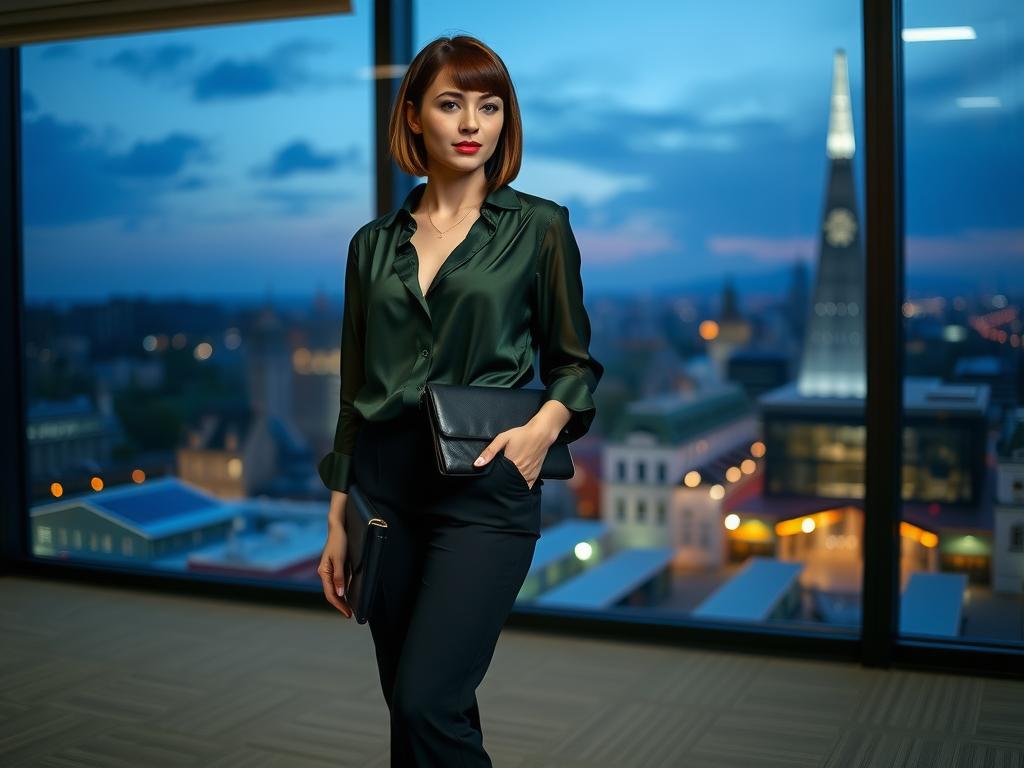
I’ve always found that taking the time to plan my outfit in the morning can make a significant difference in how I feel throughout the day. Whether it’s choosing a statement piece or a classic look, the right outfit can boost my confidence and set a positive tone for the day. The key is to find a routine that works for you and allows you to express your personal style while still being professional.
Conclusion: Mastering the Art of 9 to 5 Fashion
Mastering the art of 9 to 5 fashion is about finding a balance between personal style and professionalism. Whether you’re a fashion designer, editor, buyer, or stylist, understanding how to dress for the workplace can make a significant impact on your career. By investing in quality pieces, incorporating trends in a subtle way, and adapting your style to different work environments, you can create a work wardrobe that’s both functional and fashionable.
I’ve always believed that what you wear can affect how you perform, and in the fashion industry, this is especially true. By taking the time to curate your work wardrobe and express your personal style, you can not only look good but also feel confident and empowered in your professional life. So, whether you’re just starting out or looking to update your work wardrobe, remember that the key to mastering 9 to 5 fashion is finding what works for you and embracing it with confidence.
